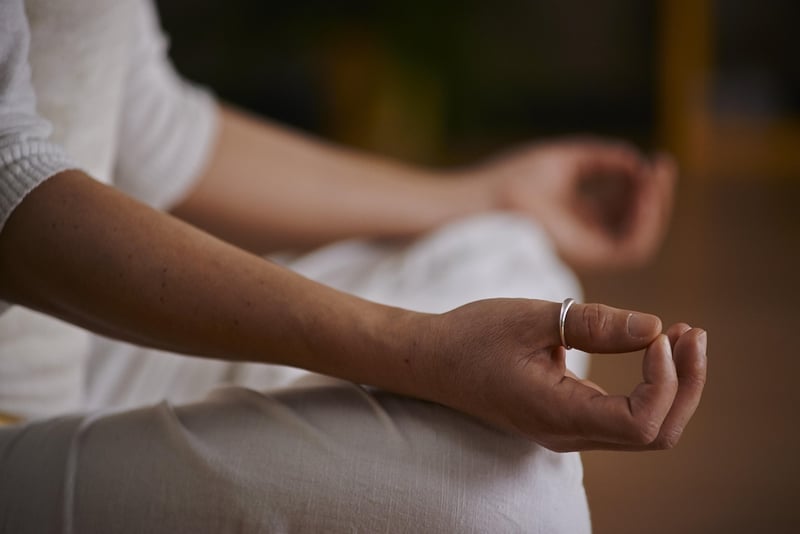Restorative Practice
The Power of Physical and Mental Practice Combined with Restorative Practice
Introduction
Balancing physical and mental well-being is essential for overall health. Incorporating both physical and mental practices along with restorative techniques can lead to a holistic approach to wellness.
Physical and Mental Practice
Physical Exercise
Physical exercise is crucial for maintaining a healthy body. It not only helps in weight management but also improves cardiovascular health, strengthens muscles, and enhances flexibility. Activities like yoga, running, and weight training are excellent options for physical fitness.
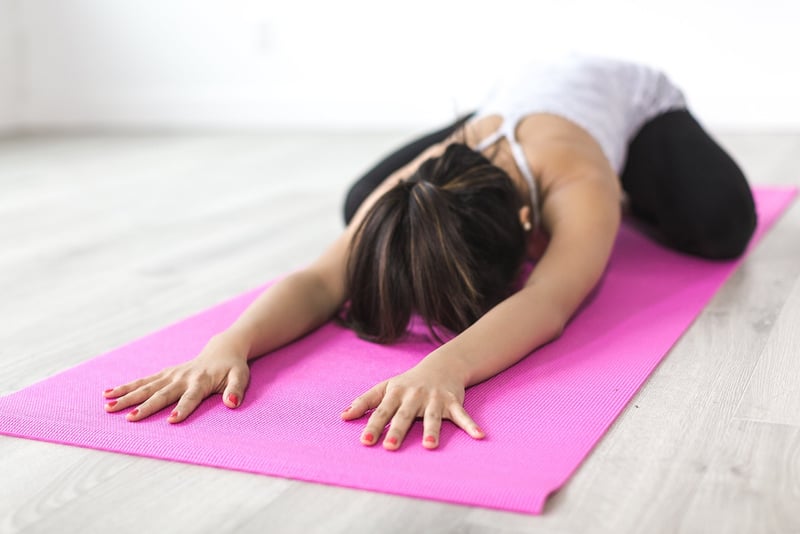
Mental Training
Mental practice involves exercises that boost cognitive function, memory, and emotional well-being. Meditation, mindfulness, and brain games are effective ways to enhance mental acuity and reduce stress levels.
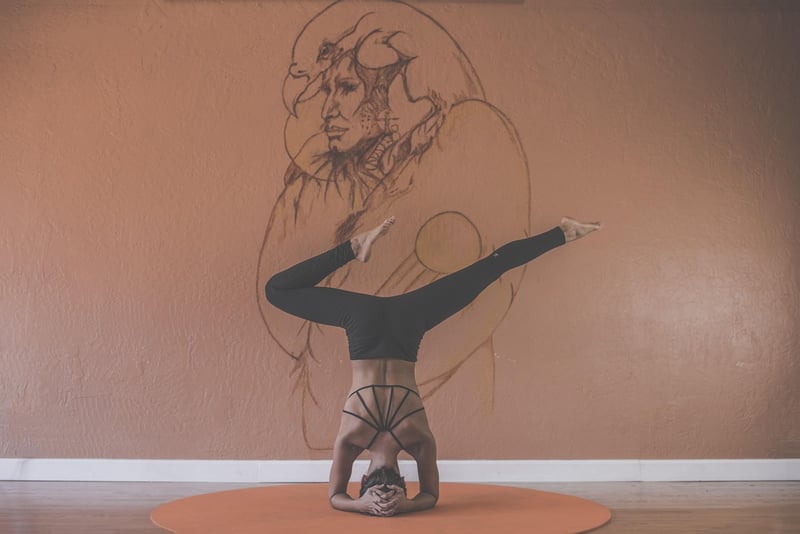
Restorative Practice
Sleep
Quality sleep is essential for physical and mental recovery. It allows the body to repair, regenerate, and consolidate memories. Aim for 7-9 hours of uninterrupted sleep each night for optimal rest.
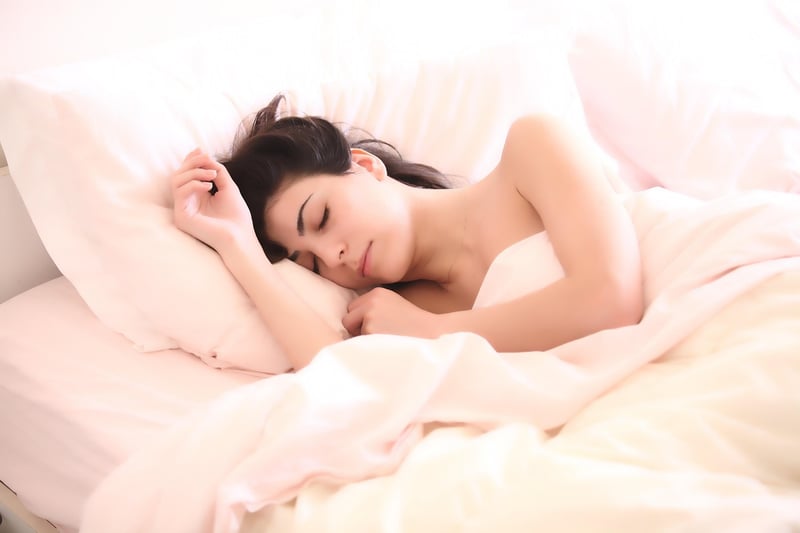
Relaxation Techniques
Practicing relaxation techniques like deep breathing, progressive muscle relaxation, and aromatherapy can help reduce stress and promote a sense of calmness.
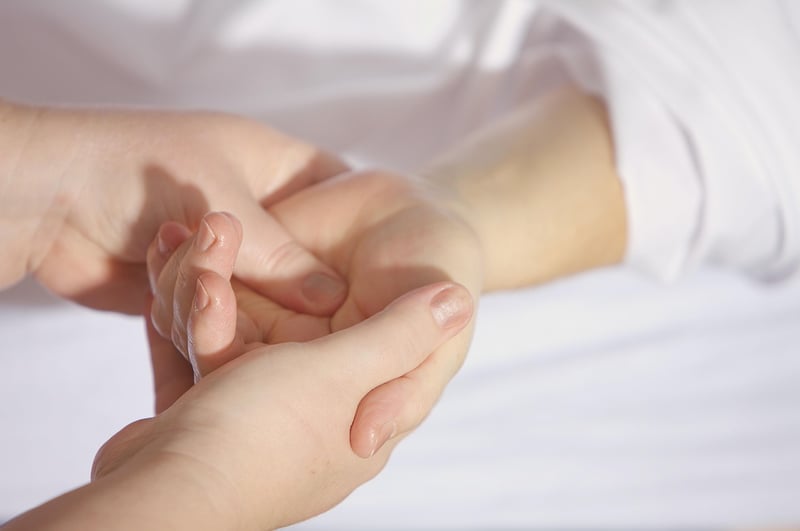
Benefits of Integration
- Improved physical fitness and strength
- Enhanced cognitive function and mental clarity
- Reduced stress and anxiety levels
- Better sleep quality and overall well-being
By combining physical and mental practices with restorative techniques, individuals can achieve a balanced and healthy lifestyle that nurtures both the body and mind.
Embrace the power of holistic wellness through a harmonious blend of physical activity, mental stimulation, and restorative practices.
Remember, a healthy mind and body go hand in hand to create a vibrant and fulfilling life.
